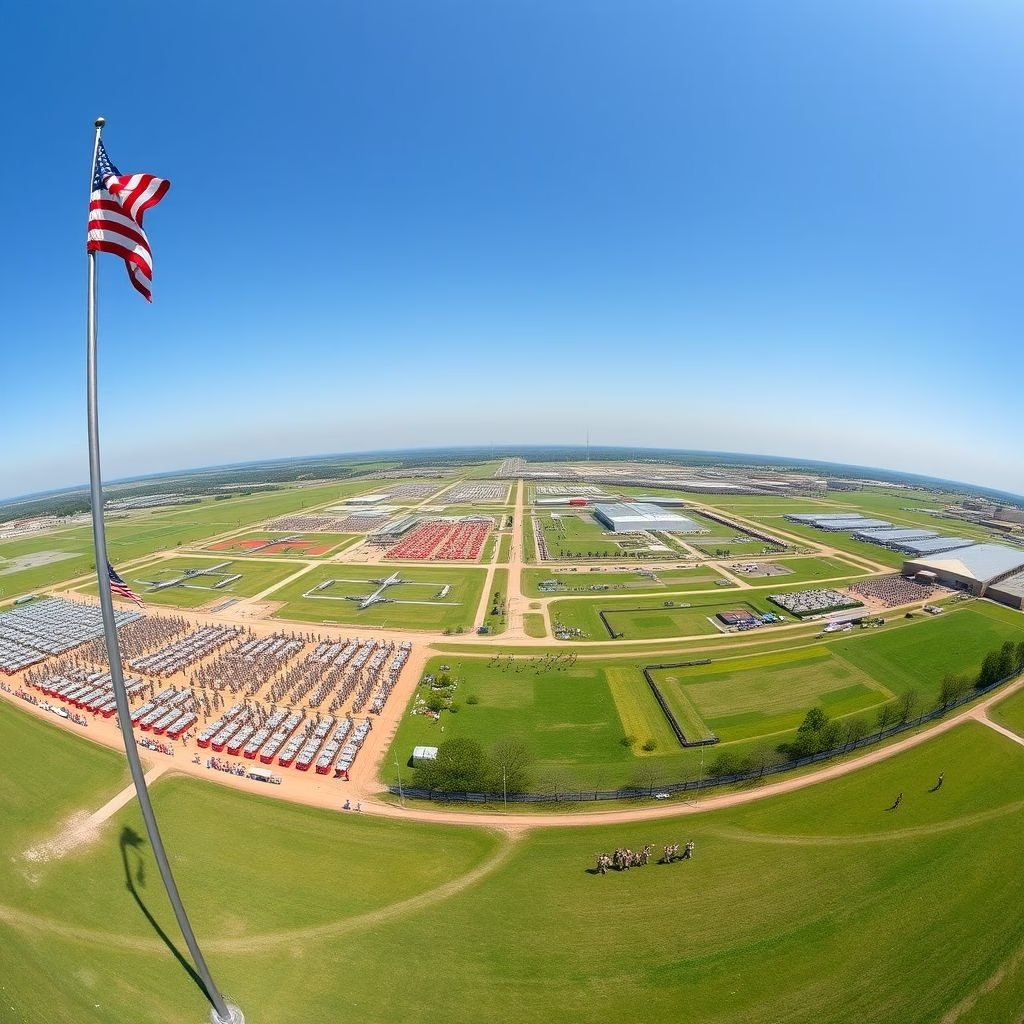Fort Bragg: A History of Transformation and Valor

Fort Bragg: A Legacy Forged in Valor and Transformation
Fort Bragg, a name synonymous with military might and American defense, has a history as dynamic as the soldiers who have called it home. Located in North Carolina, this sprawling installation has undergone significant transformations, reflecting shifts in societal values and the ever-evolving landscape of military strategy. Its story is one of both honoring tradition and adapting to the future.
From Camp Bragg to Fort Liberty and Back Again: A Name’s Journey
The genesis of Fort Bragg dates back to 1918, when it was established as Camp Bragg. Initially envisioned as an artillery training ground, its location in the Sandhills region of North Carolina provided ample space for maneuvers and exercises. Over time, Camp Bragg evolved, solidifying its importance in the American military. However, the name itself would become a subject of considerable debate.
In 2023, driven by a desire to address the legacy of Confederate figures honored by the names of military installations, the base was renamed Fort Liberty. This change reflected a broader effort to reconcile historical figures with modern values. However, in 2025, the base’s name was reverted back to Fort Bragg, this time honoring World War II paratrooper Roland L. Bragg, a fitting tribute to a hero who embodies the values of service and sacrifice.
A Hub of Military Training and Operations
Throughout its history, Fort Bragg has served as a crucial training ground and operational base for various Army units. Its significance is underscored by the presence of key organizations such as the XVIII Airborne Corps, the U.S. Army Special Operations Command, and the renowned 82nd Airborne Division. These units represent the tip of the spear, constantly preparing for deployment and executing missions around the globe. The base’s extensive infrastructure supports the complex needs of these diverse units, from rigorous physical training to specialized technical instruction.
Aviation Assets: Pope Field and Simmons Army Airfield
Fort Bragg is more than just a collection of barracks and training grounds; it’s a complex operational environment. It houses two critical airfields. Pope Field, utilized by the U.S. Air Force, provides crucial air support and logistical capabilities. Simmons Army Airfield caters to Army aviation, supporting the training and deployment of rotary-wing assets. The synergy between these airfields enables a comprehensive approach to air operations, crucial for the mobility and effectiveness of Fort Bragg’s resident units.
A City Within a City: Size and Significance
The sheer size and population of Fort Bragg are remarkable. It’s among the world’s largest military bases, housing a population exceeding 52,000 military personnel. This massive scale necessitates a complex infrastructure, including housing, medical facilities, schools, and support services, making Fort Bragg a self-contained community and a major economic driver for the surrounding region. The base’s impact extends far beyond its borders, influencing the economy and culture of North Carolina and the nation.
Looking Ahead
Fort Bragg’s history is one of continuous adaptation, reflecting the evolving nature of military operations and the changing values of American society. From its origins as a training camp to its current status as a global military hub, Fort Bragg has consistently adapted to the challenges of the times. The ongoing evolution, with the reversion to the name Fort Bragg honoring the legacy of Roland L. Bragg, serves as a reminder of the enduring values of service, sacrifice, and the constant pursuit of excellence that defines the American military.
Fort Bragg’s future promises to be as eventful as its past. With continued investment in training, technology, and the well-being of its personnel, Fort Bragg is poised to remain a vital component of the U.S. military for generations to come.




